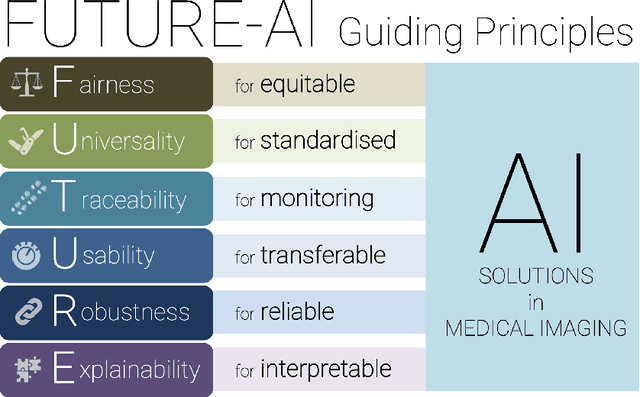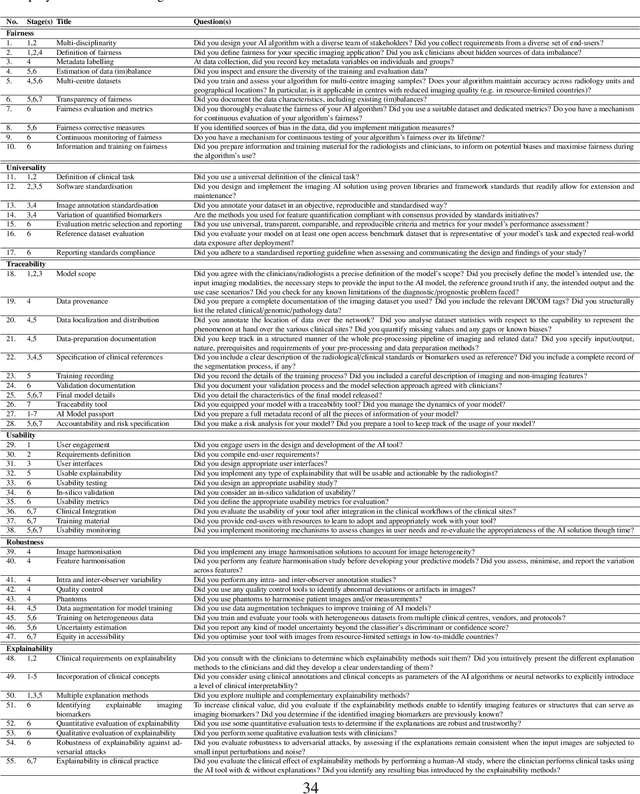Nickolas Papanikolaou
Testing the Segment Anything Model on radiology data
Dec 20, 2023Abstract:Deep learning models trained with large amounts of data have become a recent and effective approach to predictive problem solving -- these have become known as "foundation models" as they can be used as fundamental tools for other applications. While the paramount examples of image classification (earlier) and large language models (more recently) led the way, the Segment Anything Model (SAM) was recently proposed and stands as the first foundation model for image segmentation, trained on over 10 million images and with recourse to over 1 billion masks. However, the question remains -- what are the limits of this foundation? Given that magnetic resonance imaging (MRI) stands as an important method of diagnosis, we sought to understand whether SAM could be used for a few tasks of zero-shot segmentation using MRI data. Particularly, we wanted to know if selecting masks from the pool of SAM predictions could lead to good segmentations. Here, we provide a critical assessment of the performance of SAM on magnetic resonance imaging data. We show that, while acceptable in a very limited set of cases, the overall trend implies that these models are insufficient for MRI segmentation across the whole volume, but can provide good segmentations in a few, specific slices. More importantly, we note that while foundation models trained on natural images are set to become key aspects of predictive modelling, they may prove ineffective when used on other imaging modalities.
FUTURE-AI: Guiding Principles and Consensus Recommendations for Trustworthy Artificial Intelligence in Medical Imaging
Sep 29, 2021

Abstract:The recent advancements in artificial intelligence (AI) combined with the extensive amount of data generated by today's clinical systems, has led to the development of imaging AI solutions across the whole value chain of medical imaging, including image reconstruction, medical image segmentation, image-based diagnosis and treatment planning. Notwithstanding the successes and future potential of AI in medical imaging, many stakeholders are concerned of the potential risks and ethical implications of imaging AI solutions, which are perceived as complex, opaque, and difficult to comprehend, utilise, and trust in critical clinical applications. Despite these concerns and risks, there are currently no concrete guidelines and best practices for guiding future AI developments in medical imaging towards increased trust, safety and adoption. To bridge this gap, this paper introduces a careful selection of guiding principles drawn from the accumulated experiences, consensus, and best practices from five large European projects on AI in Health Imaging. These guiding principles are named FUTURE-AI and its building blocks consist of (i) Fairness, (ii) Universality, (iii) Traceability, (iv) Usability, (v) Robustness and (vi) Explainability. In a step-by-step approach, these guidelines are further translated into a framework of concrete recommendations for specifying, developing, evaluating, and deploying technically, clinically and ethically trustworthy AI solutions into clinical practice.
 Add to Chrome
Add to Chrome Add to Firefox
Add to Firefox Add to Edge
Add to Edge